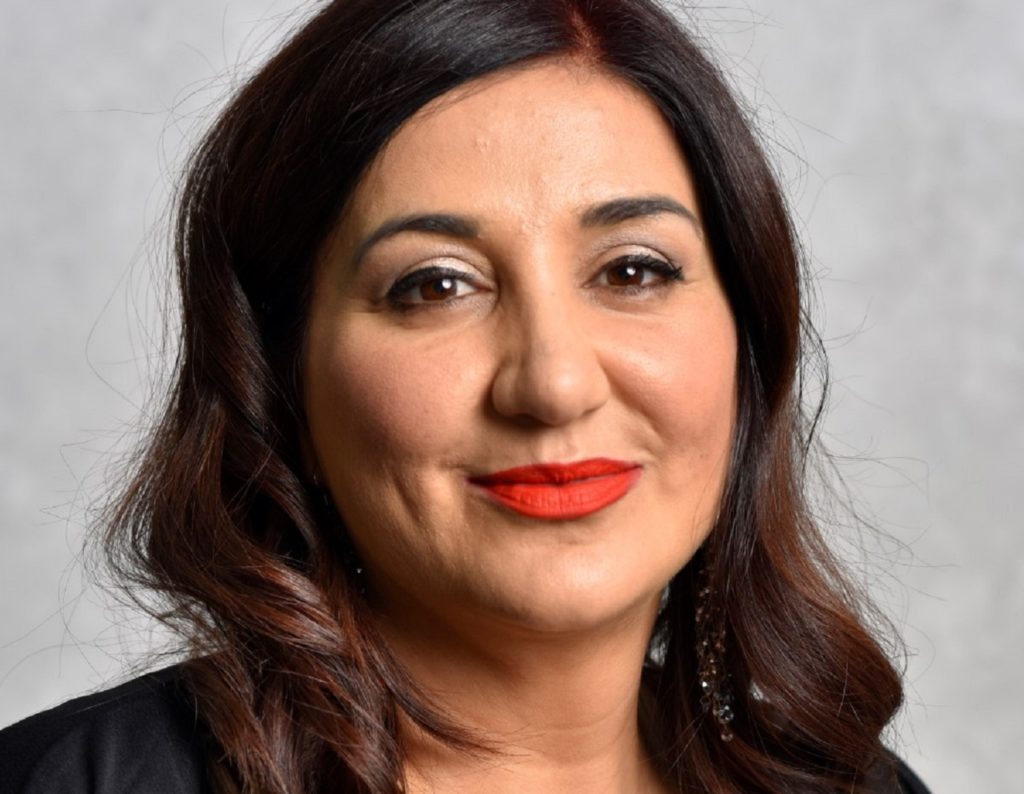Over the last thirty years, organisations have begun to challenge inequalities in workplaces through programs for a range of diverse groups.
What started as an effort to address discrimination against women in the workforce, has become a movement about creating inclusive workplaces, where everyone can feel respected for who they are, connected to their colleagues and feel they belong, contributing their talents to the workplace, and progressing in their career at work (i.e. have equal access to opportunities and resources).
But until now, this movement hasn’t addressed the impact that our social class has on our experiences at work. Or even attempted to understand if it matters at all.
In Australia, this is partly because of the enduring myth of Australia as ‘the land of the fair go’, where we don’t have a classist society. Talking about class can be contentious.
I grew up in a working-class, migrant family and having been an advocate for workplace equality for over two decades, I understand the impact that a person’s social class has on their experience of inclusion from a personal perspective.
Which is why Diversity Council Australia undertook this research; to try to understand class as a form of diversity that impacts our experiences of inclusion or exclusion at work.
What we found was that class, more than any other diversity demographic investigated in DCA-Suncorp’s Inclusion@Work Index, is the most strongly linked to workers’ experience of inclusion at work and one of the most strongly linked to exclusion. We looked at nine diversity demographics: and across all of them, the difference in experiences between self-identified lower class and higher class people were the ones that stood out the most.
When we talk about inclusion, what we mean is that if you come from a lower class you are significantly less likely than people from middle or higher classes to trust the organisation you work for will treat you fairly, or to give you the same opportunities.
When we talk about exclusion we mean being ignored at work, not getting the same opportunities and privileges as others.
Put simply, our evidence shows that lower class workers aren’t getting access to a fair go in the workplace – which is something we need to address.
What’s more, our research found that men from the lower class were among the least supportive of diversity and inclusion (D&I) and were the least likely to work in organisations taking action on this.
I often hear from men who don’t feel like D&I benefits them. What this research suggests, however, is that perhaps it’s actually that these initiatives and their benefits aren’t reaching those men because they are not are working in organisations that are active in this.
Our research also shows us that organisations fostering workplace inclusion can increase the inclusive experiences of lower class workers. To do this, our research recommends that we start by talking more about class. We need to measure class, so we can understand how class impacts our experiences of work and why. And we need to ensure that organisational initiatives reach and positively impact people from all classes.
In a climate where COVID-19 has arguably widened social-economic divisions, DCA takes this as a call to action that we need to do more to build inclusive organisations across the Australian economy.
Only that way, can we ensure that everyone in Australia experience the benefits of inclusion.



